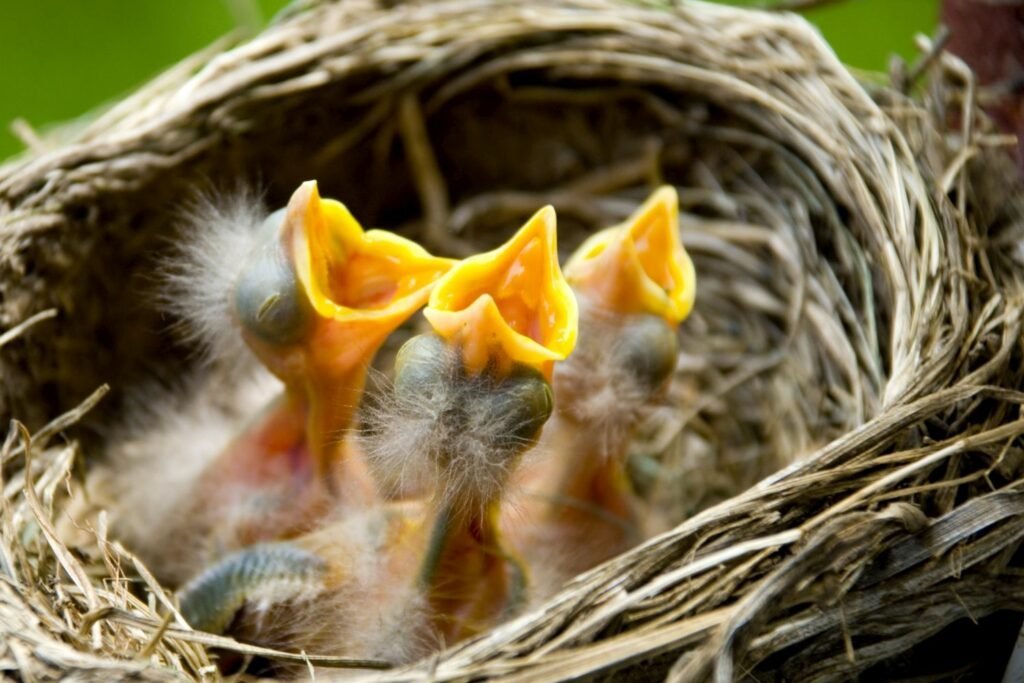Helping Injured and Abandoned Animals
Image Source: fwp.mt.gov/conservation
Rye residents often call the Rye Nature Center for advice on how to help injured or abandoned animals. You can find basic information about this on our FAQ page, but for more details, read on! This Nature News article also features tips from FRNC’s own Katie Jamer, who oversees the Nature Center’s animal collection and manages the animal care volunteers.
The general rule of thumb is: if you find a young animal alone don’t intervene. Not even an experienced rehabilitation worker can care for a baby animal like its parents, and usually if a baby animal is on its own, its parents are somewhere nearby. If after a few hours it is obvious that no parents are present, or if the animal is injured, you can contact a DEC Wildlife Rehabilitator. Wildlife Rehabilitators are licensed to care for injured and orphaned wildlife for release back into the wild, and they will be able to best advise you on what to do. Click here to find a Wildlife Rehabilitator near you.
Katie Says: Always try to go to a Rehabilitator first. If you can’t reach one and the animal needs immediate help, be careful not to touch it with your bare hands. Many animals, like birds and rabbits, will reject their young if they carry the scent of humans.
Birds
The first step, as always, should be to call a Rehabilitator, but if you can’t reach one, the next priority is to put on gloves before you handle the bird. If the bird is not feathered, look for an intact nest to return it to.
Nestlings in their nest; note the lack of feathers.
Image Source: Cheryl E. Davis, shutterstock.com
Katie Says: People tend to confuse the ages of animals left alone. When it comes to birds, fledglings (which have feathers) often leave their nests to practice flying. You should only be concerned if you find a bird without feathers, since that is a nestling that needs to be returned to its nest.
If you can’t find a nest, you can make one yourself by poking holes in the bottom of a small plastic tub and lining it with dried grass or pine needles. Leave this makeshift nest in or near the tree where you first found the chick, and again wait and observe from a distance. If you wait 24 hours and no parents visit the chick, try again to contact a Wildlife Rehabilitator, or call the DEC Regional Wildlife Office.
Mammals
Mammals can be trickier to handle since the species you might encounter are so diverse. Here are some tips that apply to most small mammals.
Image Source: TJ Rich, kids.nationalgeographic.com
The first step to helping any mammal is the same as helping a bird: call a Wildlife Rehabilitator. If you can’t reach a Rehabilitator, you can use gloves to place the young animal in a shallow box with a towel. Do not leave the box in direct sun. To keep it warm, fill a sock with heated rice and put it in the box. Leave the box close to where you found the animal and wait four hours or overnight. If after that time you find evidence that the baby’s mother returned to it, leave the animal where it is. If the baby was left alone, contact a Wildlife Rehabilitator.
Katie Says: To tell if a rabbit’s nest has been abandoned, use the Criss-Cross Method: line string along the nest like a tic-tac-toe board and wait a few days to see if the string has been disturbed. If the string has moved, the rabbits’ mother has been back to her nest.
The Rye Nature Center often receives calls about raccoons. To help relocate raccoons on your property, you can call a pest control company that includes wildlife relocation services.
Katie Says: Be on the lookout for nests! In late winter and early spring, check your property for small holes. We get calls at the Rye Nature Center asking us to remove nests that animals have made in attics, but once the nest is built, it’s difficult to relocate the animals because they are too young to move and will imprint on people.
Thank you from FRNC––and the animals––for following these guidelines!



